Overview
Experience the Thrill: Annapurna Circuit Trek 19 Days
Prepare for an epic adventure through Nepal’s rugged terrain with the iconic Annapurna Circuit Trek. Over 19 days, delve deep into the heart of the majestic Annapurna massif, where towering peaks beckon and breathtaking vistas await.
Explore the Beauty of the Annapurna Region
Nestled in central Nepal, the Annapurna region enchants with its picturesque villages, cascading waterfalls, dense forests, and meandering rivers. Immerse yourself in the rich cultural tapestry of Gurung and Magar communities, known for their warm hospitality and ancient traditions.
Challenge yourself with the legendary Thorong La Pass, one of the world’s highest mountain passes, reaching a staggering altitude of 5,416 meters. Experienced guides ensure your safety as you navigate the rugged terrain and awe-inspiring landscapes.
While the Annapurna Circuit Trek offers unparalleled beauty, it’s not recommended for first-time trekkers due to its demanding nature and high altitudes. Optimal seasons for clear mountain views are spring and summer, minimizing the risk of adverse weather conditions.
Follow a Carefully Designed Itinerary
Begin your trek with confidence by following our meticulously planned itinerary, crafted to optimize your experience while minimizing potential challenges. With essential permits and expert guidance, you’ll embark on a journey of discovery through the breathtaking vistas of the Annapurna region.
Annapurna Curcuit Tre Highlights:
● World’s highest Thorong La Pass (5,416m)
● World’s deepest gorge, Kali Gandaki gorge
● Stunning geographically blessed Manang village
● Natural Hotsprings
● Scared and peaceful Muktinath
● Sunrise at PoonHill
● Incredible views of Annapurna (I-IV), Machapuchhre, Dhaulagiri, Lamjung,
Pisang peak, Paungda Danda, and Gangapurna
As you arrive at the TIA, you will greeted by our representative. They will take you to a nice hotel in Kathmandu where you can get freshen up and have something to eat. You will be given a brief description of our overall trip and you can prepare yourself accordingly. You can stroll around to take fresh air for some time and call it a day.
The capital city of Nepal, Kathmandu is a busy city where you can find the blend of both traditional and modern livelihood. The second day will be utilized to explore some of the world’s renowned places residing in Kathmandu. These places are positioned in the UNESCO world’s heritage list. Let’s take a tour of these cultural heritages and learn more about them.
Kathmandu Durbar Square:
Kathmandu Durbar Square is rightfully located at Basantapur and holds significant importance. Kathmandu Durbar Square dates back to the third century which used to be the palace of the royal family before they shifted to Narayanhiti Durbar.
Kathmandu Durbar Square is a huge complex consisting of a white palace, Taleju temple, Hanuman temple and another palace at the back. Kathmandu Durbar Square is also known as Hanuman Dhoka Durbar due to the presence of a huge‘ Hanuman’ statue at the entrance of the palace.
Taleju temple is a sacred temple that opens for the devotees only at the time of‘Bada Dashain’. Foreigners are not allowed inside the temple but can observe and take pictures from outside. In the Basantapur premise, you can find many architectures that hold religious significance. There is a huge statue of ‘Kal Bhairav’and ‘Sweta Bhairav’ near ‘Hanuman’ statue.
‘Kumari Ghar’ is also a major attraction here that resides just inches far from ‘Hanuman Dhoka’. Kumari is known around the world as a living goddess and is worshipped by pilgrims specifically during ‘Indra Jatra’. You can catch a glimpse of the living goddess at ‘Kumari Ghar’ but taking pictures is prohibited. Most of the structures of Kathmandu Durbar square were damaged by the massive earthquake of 2015. Most of the structures are under construction and have regainedvamazing shapes.
Swoyambhu Nath:
Swoyambhu Nath Temple, also known as Monkey Temple, is one of the World heritage which resides at the top of a hill. This historic site dates back to the 13th century. The major attraction of Swoyambhu Nath is the long staircase with 365 steps that leads to a ‘Vajra’ and a huge Stupa in the center.
It is a sacred temple for Buddhist pilgrims. The premise of Swoyambhu consists of many unique structures, shrines, and monasteries. You can see monks chanting inside the monastery.
Bouddha Nath:
Bouddha is another world heritage site in Kathmandu. Stroll around the huge stupa in Bouddha while spinning ‘mane’. The huge stupa is the main attraction of Bouddha. The stupa is white and gold in color, has two eyes of Buddha painted in it, and is the symbol of peace. You can find a number of stalls and shops around Bouddha Nath selling Tibetan food, handicrafts, souvenirs, Thanka, jewels, clothes, etc.
Pashupati Nath:
Pashupati Nath is a holy temple of Lord Shiva. It is a sacred temple for Hindu pilgrims around the world. Pashupati Nath temple covers a large area. A huge temple resides at the center of the Pashupati area. At the backside of the huge architecture flows the religious Bagmati river. The cremation process is carried out at the bank of the Bagmati river which is the Hindu tradition of cremation. You can observe the ancient complex and the cremation process from across the Bagmati River, where also lies the ‘Sleshmantak’ forest. The evening ‘aarti’ at Pashupati is one of the major attractions. You can feel spiritual calmness while you watch the ‘aarti’.
Today, we’ll get ready early in the morning and leave Kathmandu. From Kathmandu, we’ll pass Pokhara. We will head towards Besisahar after crossing Dumre. Traveling for at least 6-7 hours, we will reach Bhulbule village. It is a beautiful village surrounded by snow-capped mountains. From Bhulbule, an inclined easy trek will take us to Ngadi. It will not take more than 1 hour. Overnight stay at Ngadi.
From Ngadi, we will ascend towards Jagat village where we can find Gurung settlement. The decent walk will be around 6 hours long during which you will also see the beautiful Marsyangdi valley. The zigzag trials are little rocky but the pleasurable view of Marsyangdi river will sweep your fatigue away. We will stay overnight at Jagat in a teahouse that has a clear Marsyangdi river view. Enjoy the hospitality of Gurung people here.
We will start walking after a delicious breakfast. The trekking trails to Dharapani encompasses paddy fields, rhododendron forests, and a number of steel and wooden bridges to cross rivers. We will also encounter beautiful waterfalls during our walk. It is going to be a little difficult climb compared to the earlier days. The steep trails to Dharapani will consume around 6 hours until we finally reach Dharapani and rest for the night.
From Dharapani, now our next destination is the beautiful village of Chame. Thetrekking trail to Chame is not an easy task but the stunning view of the surrounding will make it worthwhile.
We will cross a small village called ‘Tal’ and head towards Bagarchhap. You will observe the changing landscape as we cross Bagarchhap. Till we reach Chame, the headquarter of Manang district, we would have an elevated height from where the Himalayas are visible.
We can enjoy Hotsprings in the middle of our trek to Chame. These are natural Hotsprings and even a splash of it will release your tiredness, reviving your energy instantly. After crossing numerous rivers and suspension bridges, forests and waterfalls, we will finally reach Chame where we will be staying overnight.
It will be around 5-6 hours of walk from Chame to Pisang. Visit the world’s largest apple farm at Chame.
We will be covering quite a long distance today and achieve a height of 3300m. Upper and Lower Pisang are divided by the Marsyangdi River. We will trek along the Upper Pisang trekking trail and reach Manang. Explore cascading waterfalls, beautiful deep gorges, distinct flora and fauna, old monasteries and huge stones during your trek from Chame to Upper Pisang.
We will stay in a nice hotel with a great view of the Pisang peak, Mount Lamjung, and Mount Annapurna II. Enjoy the meal there and stay overnight.
One of the major attractions of this Annapurna circuit trek is the stunning Manang village. Get ready for a 6 hours long trek from Upper Pisang to Manang. We would reach an altitude where trekkers would start to suffer from altitude sickness so it is very important to acclimatize. There are many of tea houses in Manang with facilities like hot water, wifi, electricity, coffee shops, and bakery. Most of the teahouses are closed during winter. We will stay overnight at a nice teahouse at Manang and the next day we’ll stroll around Manang village.
Wake up before sunrise to capture the marvelous sunrise view from Gangapurna Himal. Capture the light cascading down the base of Gangapurna Himal in your lens if you have a fetish for photography.
The ninth day is set for acclimatizing in Manang. Acclimatization is very important for you so that you don’t struggle with the altitude at Thorongla pass. We will finish our breakfast and start exploring the beautiful landscape of Manang.
Stretch your legs up to Barka Gompa which is a 900 years old Buddhist monastery. Utilize this day to unravel the beauty of Manang. The cultural diversity, richness in their culture and heritage they have maintained over centuries is worth exploring. Manang is known for horse racing and archery.
Visit Gangapurna Lake at a slight elevation from where we’ll be staying. Hike up to Chongkar view-point to capture an amazing picturesque view of the Gangapuna lake.
Capture some of the stunning panoramic views of mountains like the Gangapurna Himal and Annapurna range. If you are lucky enough, you might encounter blue sheep and snow leopard in the Manang valley. Try Yak cheese and ‘Chhurpi’ which is quite famous in Manang.
We are now ready to cover some extra kilometers today. A gradual ascend of around 6 hours through narrow paths is going to be slightly tough but the visual will be extremely eye-pleasing.
You will observe that wide barren land is surrounded by mountains in all directions. We will walk up to 4020m. After crossing a long suspension bridge, we will reach Yak Kharka. Stay overnight at Yak Kharka.
After ascending for around 5-6 hours from Yak Kharka, we will reach the base of Thorongla Pass, called Thorong Phedi. We have to walk along a dry deserted trail with a constant heavy wind blow. And, the intensity increases with altitude.
Today we will conquer the world’s highest pass, Thorongla pass, for which we have to cover 5,416m height. The apparent chilly weather and continuous cool breeze in dry yet stiff routes will make your trek to Thorongla Pass challenging and adventurous. If the weather is good, it won’t be that difficult, otherwise, the heavy snowfall and wind can even make you stop midway.
From Thorongla Pass, you can capture a clear and amazing view of the mountain ranges. You’ll find lots of colorful prayer flags tied there exhibiting Tibetan influence. After absorbing all the goodness of the place, it is time to head towards to Muktinath.
After attaining the maximum height, it is time to descend the trail. We will walk down to 3800m and reach Muktinath. Muktinath has a great significance among pilgrims. Visiting the sacred Muktinath and exploring the amazing landscape of Muktinath will give you heavenly peace. Have a closer glimpse of the World’s deepest gorge, Kali Gandaki. We’ll stay overnight at Muktinath.
As we trek down from Muktinath, we walk along the Kali Gandaki river to reach Marpha, an ancient village in Mustang with a thick settlement of Thakali people. The stone-paved paths of Marpha are easy to walk. You can explore a simple livelihood of people here. Then, you can visit the centuries-old Buddhist monastery. Marpha is known for its exotic apple wine. Don’t forget to try those apple wine of Marpha. We’ll stay overnight here.
The Kali Gandaki splits the Mount Dhaulagiri and Mount Annapurna. Walk towards to Tatopani as you watch the deepest gorge in the world. Enjoy the natural hotsprings as you descend. Soaking into the hotspring will let you reduce tiredness and feel warm. The trekking trail also comes across Rupse waterfall and various subtropical vegetations. We’ll stay in a nice hotel overnight.
A 7-8 hour long trek from Tatopani takes us to Ghorepani. The trekking trail passes through dense rhododendron forest. Expect to encounter various vegetations. Explore the Gurung livelihood in Ghorepani. Ghorepani museum is also a major attraction of Ghorepani. We’ll enjoy the astonishing scenario at Ghorepani and stay overnight.
We will wake up early before sunrise and trek towards Poon Hill. Behold the magnetic sunrise from Poon Hill. Poon Hill is one of the best viewpoints in the Annapurna region to gaze high peaks with a closer glimpse such as Dhaulagiri Himal, Lamjung Himal, and Annapurna Himal.
After spending ample time at Poon Hill, we’ll trek across Ulleri and reach Tikhedhunga, which is a Magar village. Stay overnight in Tikhedhunga.
Now, it’s time to conclude our trip. We’ll trek to Nayapul, which will be our final walk of Annapurna circuit trek. From Nyapul, we will drive to Pokhara. We’ll stay overnight in Pokhara.
From Pokhara, you can either choose 5-6 hours of drive to Kathmandu or take a not more than 30 minutes flight to Kathmandu. You can celebrate your accomplishment once you reach Kathmandu.
You’ll be leaving for your hometown on this day. Our trekking agency will give you a heartwarming farewell and escort you to TIA.
If you want to experience one of the most thrilling and challenging long-distance trekking in Nepal, you are recommended Annapurna circuit trek. Remember Zeal Nepal Treks and Expedition for your tours and travelings in Nepal. We are more than happy to be at your service.

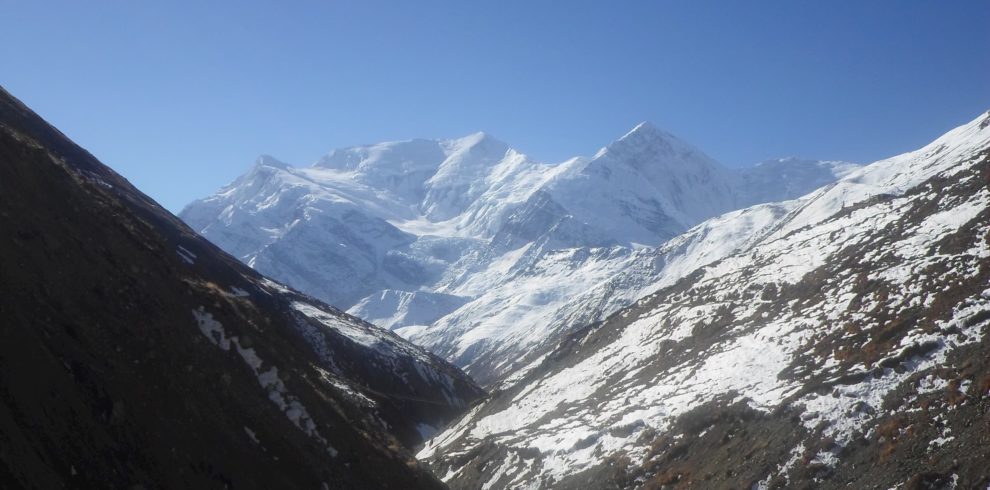
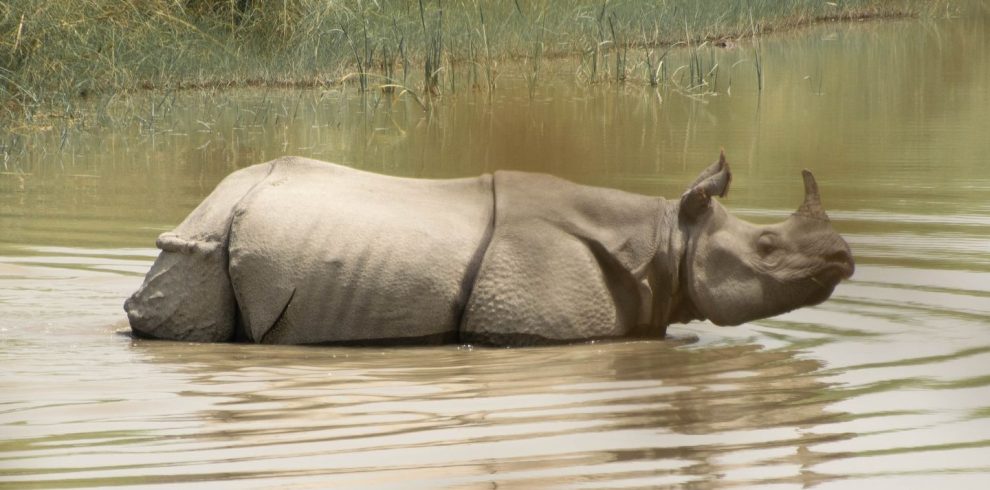
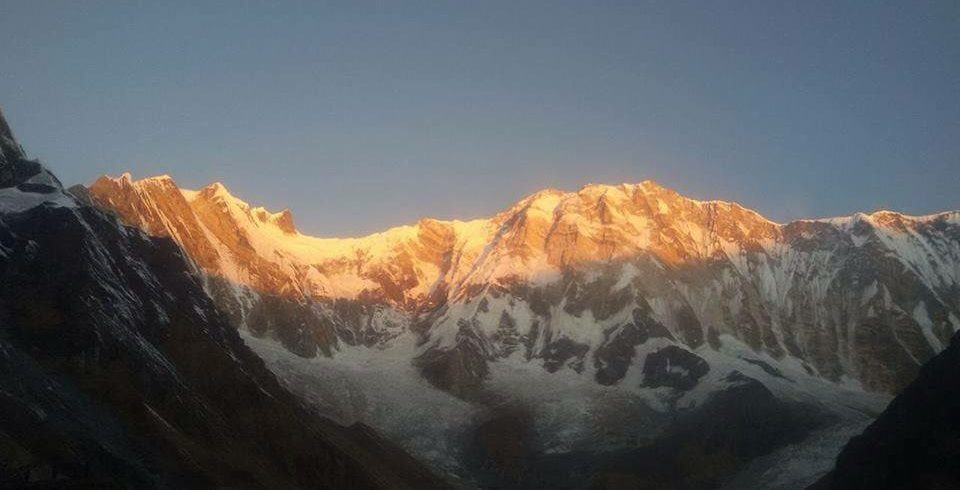

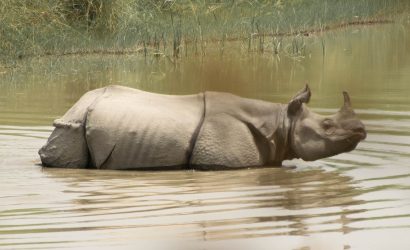
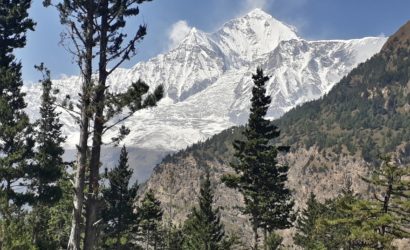
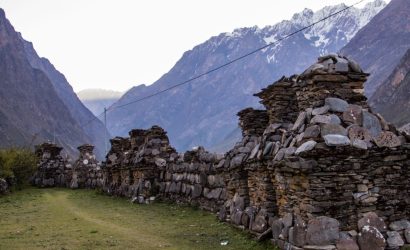
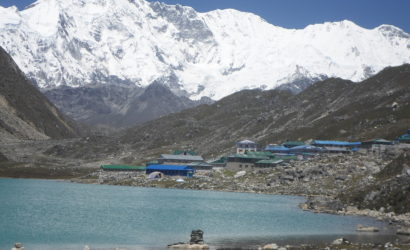
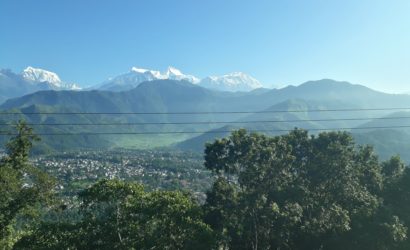
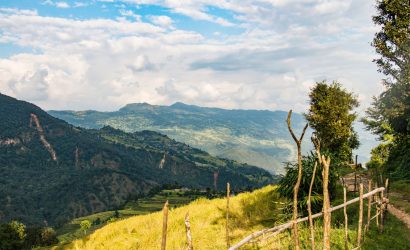
Write a Review